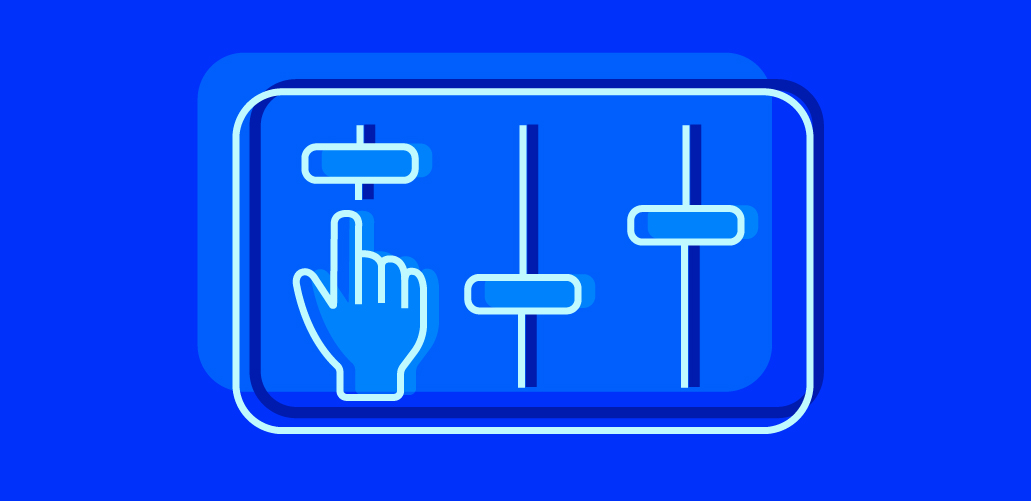Not necessarily, having the right people deployed in the right roles with a clear and common purpose are your greatest asset. However, if you don’t have this, then your people could be your greatest cost, risk and liability.
Jim Collins, the author of Good to Great, describes this as having the right people on the bus, and also in the right seats.
Can you identify the right people for the right roles?
Without the right systems and processes, organisations can struggle to identify and characterise the knowledge, skills and qualities they are looking for within their people. It’s always broader than qualifications, technical ability and the knowledge that people possess.
The most important characteristics and qualities to look for are the behaviours, values, and attitude of an individual and how these will align with your team and wider organisation.
Have you defined what good looks like?
For each role/function in your organisation you need to define the minimum standard required, covering:
- behaviours and values (cultural alignment)
- knowledge and experience
- technical competence/capability required
- qualifications, certificates, and licences
- wider enabling competencies and capabilities e.g., IT skills and communication.
We would describe the above as your Competency Framework, which can be developed at a role and/or organisational level. This goes beyond training records and skills matrices and looks to assess the suitability of the whole person, i.e., the right fit.
Are you able the measure employee fit/alignment?
If you have invested the time, energy, and effort to define what good looks like, then it’s vitally important that you assess and measure employees against this criterion. This goes way beyond a conventional skills matrix or training matrix, quite often captured in MS Excel. (We’ve written a post on why this is not the best approach here).
There are tools/systems on the market to help you optimise and streamline this process in a systematic way. SkillStation is our cloud-based Competency Management System (CMS), which supports the whole Talent Management process and employee career lifecycle.
Responding to change
Apologies, this is not a one-off process/event. The pace of change is constantly increasing and varies depending on the markets and/or sectors you serve. It’s therefore vitally important that your organisation reviews the competencies required to remain successful, agile and resilient.
Like any bus, the passengers will change and may need to change to respond to your market and business strategy. To find out how to do this, we have supporting posts which you can refer to below:
Discovering your A-Players – how to identify and categorise the people to have on your bus.
Developing a Transformational Competency Framework – going beyond records of training and skills matrices.
What are Core Competencies – defining what good looks like for every role (seat on your bus).




